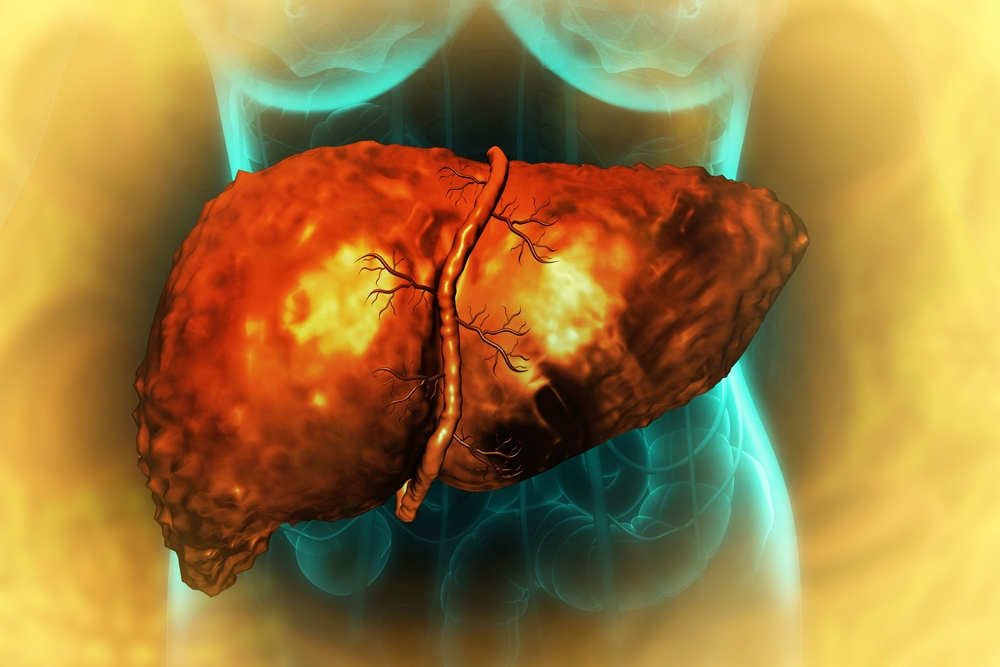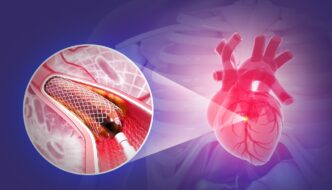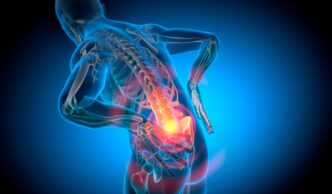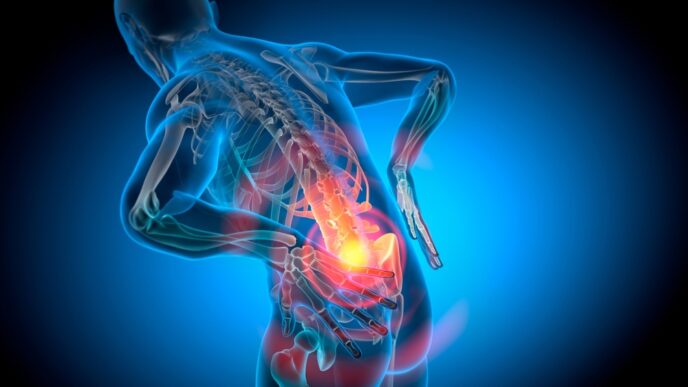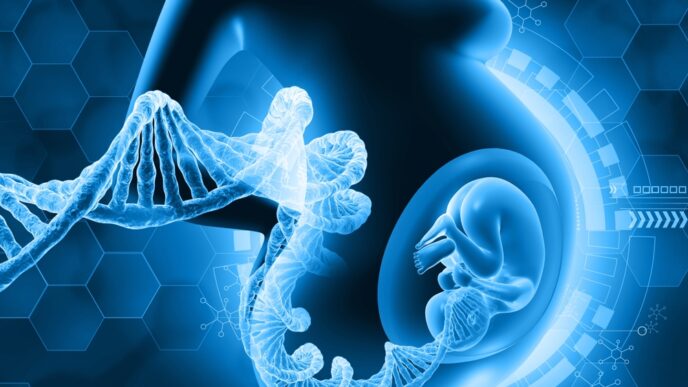Fatty liver disease affects more people than you might think. Losing weight is often the first step to managing it. But when diets and workouts fall short, a minimally invasive procedure called endoscopic sleeve gastroplasty (ESG) could offer a safe, effective alternative.
WORDS LIM TECK CHOON
 FEATURED EXPERT FEATURED EXPERTDR DEBORAH CHEW CHIA HSIN Consultant Gastroenterologist and Hepatologist Hospital Canselor Tuanku Muhriz (HCTM) Universiti Kebangsaan Malaysia |
Fatty liver disease happens when excess fat builds up in the liver. While a small amount of fat is normal, too much can lead to inflammation and serious health complications over time.
There are two main types:
Metabolic Dysfunction-Associated Fatty Liver Disease (MAFLD)
- Previously known as non-alcoholic fatty liver disease (NAFLD).
- Dr Deborah Chew Chia Hsin reveals that it is the most common type of fatty liver disease, affecting even people who drink little or no alcohol.
- It’s often linked to obesity, type 2 diabetes, high cholesterol, and sedentary lifestyles.
|
Alcohol-Related Liver Disease
- Caused by excessive alcohol intake.
- It leads to fat accumulation in liver cells.
WHY FATTY LIVER DISEASE SHOULD BE TAKEN SERIOUSLY
Dr Deborah informs us that many people with fatty liver disease don’t experience symptoms in the early stages.
However, the condition is closely tied to serious health problems like heart disease, type 2 diabetes, and high blood pressure.
As the disease progresses, it can compromise liver function such as filtering toxins, producing bile, and managing nutrients.
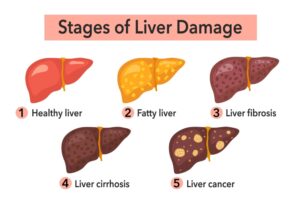
Too Much Weight Is Not Good
Carrying excess weight, particularly around the abdomen, increases the risk of fatty liver disease and worsens existing cases.
Losing Weight, However, Is Beneficial
However, losing weight can bring about significant improvements to the disease, as Dr Deborah shares.
WHY WEIGHT LOSS IS SO IMPORTANT
- Studies show that losing 5% to 10% of one’s body weight can significantly reduce liver fat and inflammation.
- Achieving and maintaining a healthy weight not only improves liver health but also lowers the risk of other obesity-related conditions like heart disease and type 2 diabetes.
| Weight Loss | Effects Seen |
| Losing 3% or more of body weight | 36% to 100% of people with NAFLD experience reversal of fatty liver disease |
| Losing 5% or more of body weight | 41% to 100% experience reversal of inflammation and ballooning of their liver |
| Losing 7% or more of body weight | 64% to 90% experience return of liver fat to normal levels |
| Losing 10% or more of body weight | 45% experience improvement or reduction of scarring (note that severe scarring is permanent, however) |
That’s why doctors often recommend weight loss as a cornerstone of treatment.
However, in reality, very few people manage to lose 10% or more of their body weight!
For some people, shedding those extra kilos isn’t as simple as cutting calories or hitting the gym.
| People living with MAFLD need to eat a low-calorie diet with no or very limited amounts of fructose — a common type of simple sugar that can worsen their condition. They are also recommended to eat 25 to 30g of dietary fibre daily. |
Hormonal factors, genetics, and underlying medical conditions can make weight loss an uphill battle, even for the most determined individuals!
ENDOSCOPIC SLEEVE GASTROPLASTY (ESG): A WEIGHT LOSS SOLUTION
When lifestyle changes alone aren’t enough to help one lose weight successfully, medical interventions like endoscopic sleeve gastroplasty (ESG) may be considered.
What Is ESG?
“ESG is a non-surgical, minimally invasive procedure that reduces the size of the stomach,” Dr Deborah explains.
- A flexible endoscope — a tube with a camera and stitching device — is inserted through the mouth.
- Stitches are placed to reshape the stomach into a smaller, sleeve-like shape.
- ESG is similar to surgical gastric sleeve procedures, but without any incisions or removal of stomach tissue.

The result is a smaller stomach capacity (reduction of up to 80%), which allows the person to feel fuller sooner during a meal. This helps them to eat less and lose weight gradually over time.
How ESG Can Help People with Fatty Liver Disease
For individuals with fatty liver disease struggling to lose weight, ESG offers a valuable option.
- Clinical studies have shown that ESG can lead to up to about 20% total body weight loss within the first year.
- This level of weight loss is often enough to reduce liver fat, improve liver function, and lower the risk of disease progression.
- ESG also increases the levels of hormones glucagon like peptide-1 (GLP-1) and peptide YY, both that act to suppress hunger. Therefore, the person that has undergone ESG will also experience reduced food craving.
Benefits of ESG include:
- No external scars on the body, as the procedure is performed through the mouth
- Shorter recovery time compared to traditional weight-loss surgeries
- Lower risk of complications
- Can be reversed or revised if needed
However, like any medical procedure, ESG isn’t without drawbacks such as:
- It’s not a quick fix, as patients must still commit to lifestyle changes to maintain weight loss.
- Mild side effects like nausea or abdominal discomfort can occur in the days following the procedure.
- ESG is not suitable for everyone; patient eligibility is determined through medical assessment by their doctor.
| For more information on ESG, check out consultant general surgeon Dr Lim Shu Yu’s insight on the matter. She was a member of the first medical team that performed the procedure in Malaysia! |
CONCLUSION
While fatty liver disease is a serious condition, it’s also one that can often be managed and even reversed with the right approach.
Dr Deborah advises those who have struggled to lose weight through conventional means to not lose hope. ESG may offer a promising, less invasive solution to reclaim their health and confidence.
If you suspect you have fatty liver disease or are considering ESG, speak to a qualified healthcare provider to discuss the options best suited to you.
| This article is part of our series on research-based weight loss methods and medical options. |
References:
- Maselli, D. B., Hoff, A. C., Kucera, A., Weaver, E., Sebring, L., Gooch, L., Walton, K., Lee, D., Cratty, T., Beal, S., Nanduri, S., Rease, K., Gainey, C. S., Eaton, L., Coan, B., & McGowan, C. E. (2023). Endoscopic sleeve gastroplasty in class III obesity: Efficacy, safety, and durability outcomes in 404 consecutive patients. World journal of gastrointestinal endoscopy, 15(6), 469–479. https://doi.org/10.4253/wjge.v15.i6.469
- Institute for Public Health. (n.d.) Prevalence of metabolic syndrome and metabolic dysfunction-associated fatty liver in Malaysia 2023 (NMRR-22-0284-GUT). https://iku.nih.gov.my/images/mets-mafld/mafld-2023_eng.pdf


